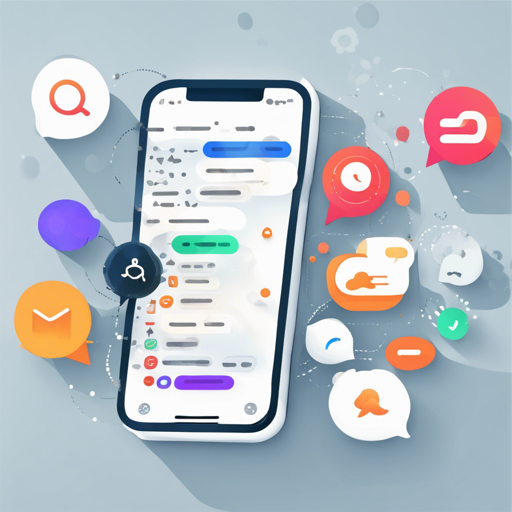This project uses React and CSS to recreate the Facebook Messenger web application. It is in its early stages but most of the building blocks are in place. THIS IS NOT AN OFFICIAL FACEBOOK PRODUCT NOR IS IT MAINTAINED BY ANY FACEBOOK EMPLOYEES.
Components Overview
Before diving into the code, it’s important to understand the components that we will use to build the Messenger app. Think of each component as a piece of Lego; each one serves a unique function and together they form a complete structure.
- Compose: This component functions like a mailroom where users send messages and attachments.
- ConversationList: Acts as a directory helping to fetch and display user conversations.
- ConversationListItem: Think of this as the “preview” of a conversation, showing a snapshot of the latest messages.
- ConversationSearch: Similar to a search bar in any application, it helps users find conversations easily.
- Message: Represents the individual messages sent, much like how each letter is distinct in a mailbox.
- MessageList: The structure where all the messages are compiled, similar to a book where all pages are connected.
- Messenger: The main wrapper that organizes everything like the cover of a book that holds the pages together.
- Toolbar: It serves as the header displaying titles and options, like a menu at a restaurant.
Setting Up Your React Messenger
To get started, ensure you have Node.js installed. Then, follow these steps:
- Clone the repository to your local machine.
- Navigate to the project directory.
- Run the following command to install dependencies:
npm installnpm startOpen your browser and navigate to http://localhost:3000 to see your Messenger application in action.
Troubleshooting Tips
If you encounter issues along the way, try the following:
- Can’t run the app: Make sure you have installed all necessary dependencies. If missing, run
npm installagain. - Live demo not working: Check your internet connection or refresh the page to ensure it’s loading correctly.
- Messages not displaying: Confirm that your API keys and endpoints are correctly configured, especially for Axios.
- If you continue to run into issues, feel free to reach out! For more insights, updates, or to collaborate on AI development projects, stay connected with fxis.ai.
Roadmap for Future Improvements
As you build, consider the following enhancements for your Messenger app:
- [ ] Enable media messages such as photos and videos.
- [ ] Implement tooltips, pop-ups, and modals for enhanced user interactions.
- [ ] Add network status indicators and loading spinners for a better experience.
- [ ] Ensure the app is responsive across devices.
Getting More Out of Your Messenger App
To learn more about the libraries mentioned, such as Moment and Axios, you can dive into their respective documentation.
At fxis.ai, we believe that such advancements are crucial for the future of AI, as they enable more comprehensive and effective solutions. Our team is continually exploring new methodologies to push the envelope in artificial intelligence, ensuring that our clients benefit from the latest technological innovations.
Additional Resources
For more detailed information, reference the Create React App documentation to enhance your knowledge of React and its functionalities.

